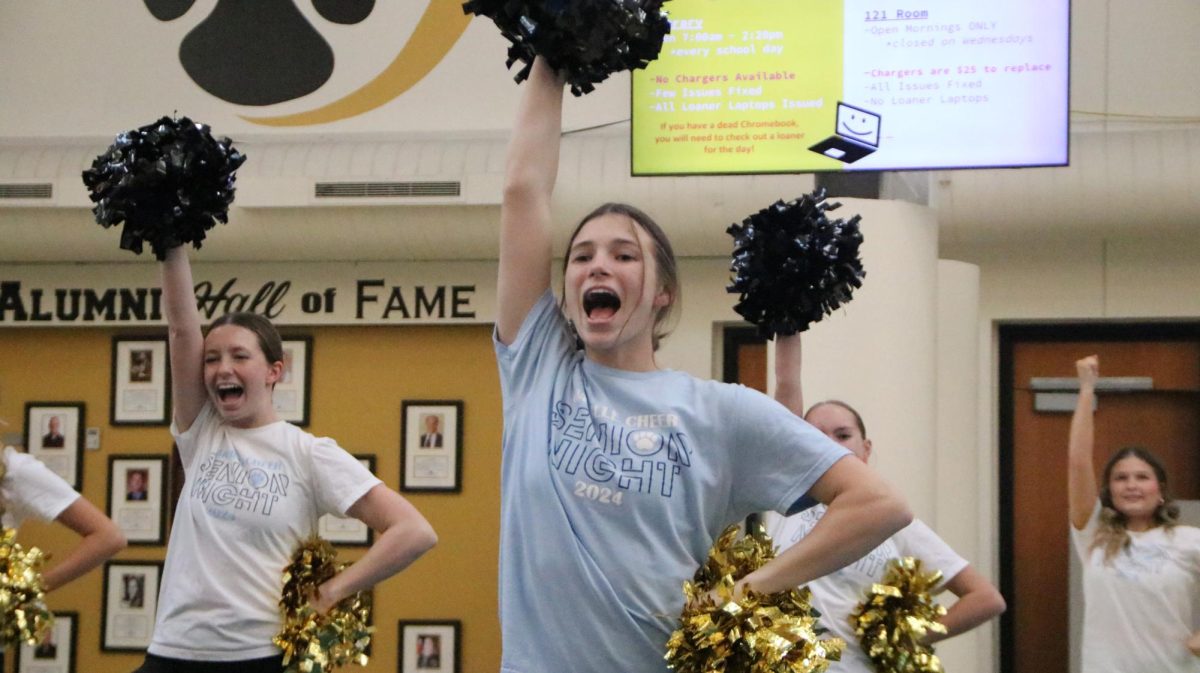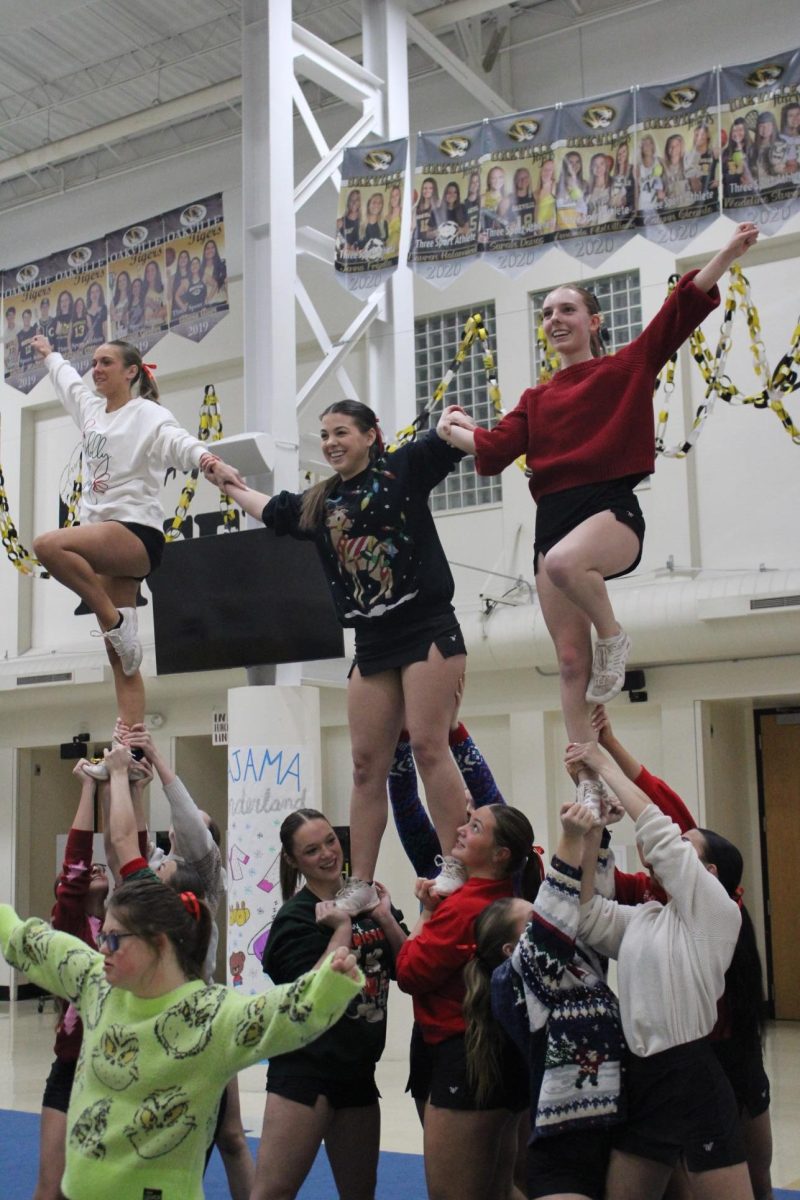Natalie Chrestman (10) is one of many athletes who have gone through an injury throughout their sport but manage to push through. Just like her, there are many people who rush through their healing process, reinjuring themselves.
“I had really bad shin splints and I didn’t really take care of them the way I should have, as I kept playing basketball and soccer, it just kept getting worse,” Chrestman said. “It ended up giving me a stress fracture in my shin, so I got put in a boot.”
Many athletes who get injured try to get back into their sport to quickly, which does not give their injury time to heal. What athletes may not realize is that ignoring the injury can make it worse than before, taking longer to heal.
“The one thing I do see from time to time is an athlete might have something that should take a week or two to heal and then on their own they do something that they shouldn’t be able to do or not ready for,” head softball coach Richard Sturm said. “Then all of a sudden they set themselves back.”
Part of this rush to get back to playing is that some athletes worry that their coaches will not understand their injury, but more often than not coaches, have gone through similar situations when they were in high school.
“I have sustained many acute injuries whether they were to my head (cussion), joints (rolled ankle), or regular contusions from contact with other players. Depending on my age during the time of injury, and type, [it] depends on the protocol I used to expedite the healing process,” head soccer coach Sarah Guenther said. “[depending on] who was our next match, were we down a goal, needed someone to keep one from being put in the back of the net? Some of those situations were some of the hardest decisions I have ever had to make in my life.”
For high school athletes, getting injured has been a very common experience spread throughout different sports — some minor, some major — but all can lead to long lasting pain if not taken care of properly.
“On average I see 30 athletes per week…athletes need to make sure they are meeting their proper nutrition and hydration needs,” athletic trainer Claire Heumann said. “They also need to do warmups and cool downs, including stretching and corrective exercises.”
Sometimes an athlete’s love for a sport means they would rather risk injury than taking the time to heal, even if it can lead to making it worse.
“As soon as I got it (a boot) off, they said, ‘Don’t rush yourself into it,’ and of course I didn’t listen and I went back to soccer immediately, so of course I got back into a boot,” Chrestman said. “I will continue to play soccer when I get it off again just because I really enjoy the sport and I just really like the environment, it is super fun.”
There are many ways to prevent yourself from getting injured and ways to help heal from an injury, that way you can get back to playing your sport.
“… being proactive in the off season with proper weight lifting and training is very important as well,” Heumann said. “The most common injuries to me are overuse injuries. These come from poor mechanics, weakness and no rehab. Rest can help, but correcting the movement and training the body properly is best.”
Missing time from your sport can be very frustrating and lead athletes to try to rush the healing process but in the end it is better to be fully healed or not continue, that way they can go back to feeling 100 percent.
“Always stay positive. I sadly sustained a career-ending injury when I was young, and I did whatever it took to make it back to the game,” Guenther said. “Sometimes, being on the pitch doesn’t always have to be the definition of you being a part of a sport or not. When there is a will, there is a way. If you live in defeat, you will be defeated.”








